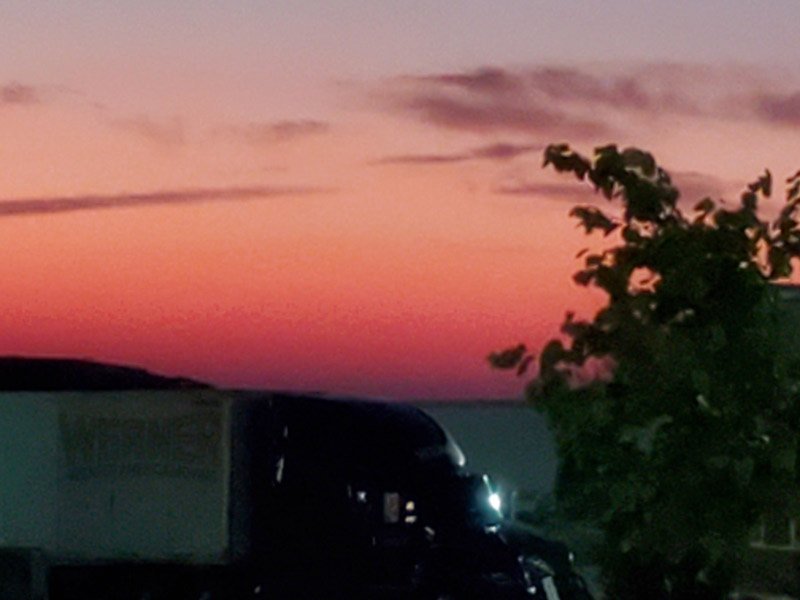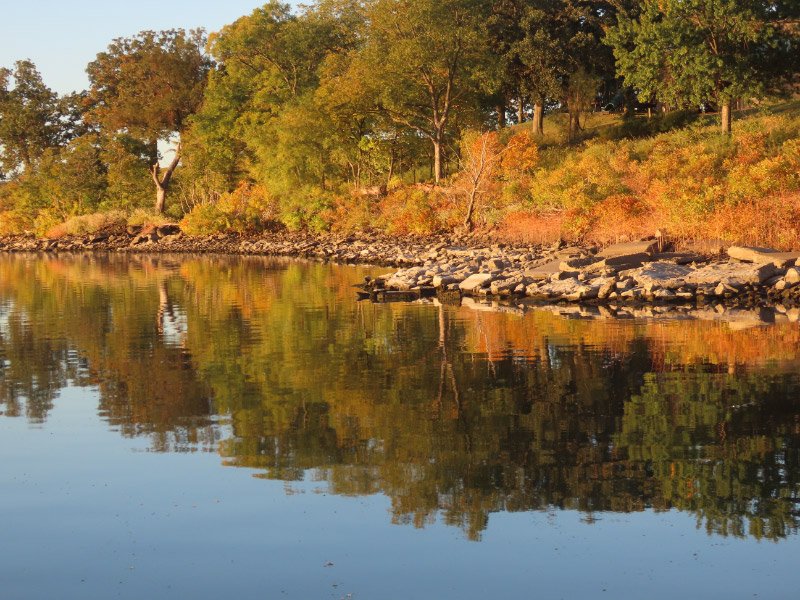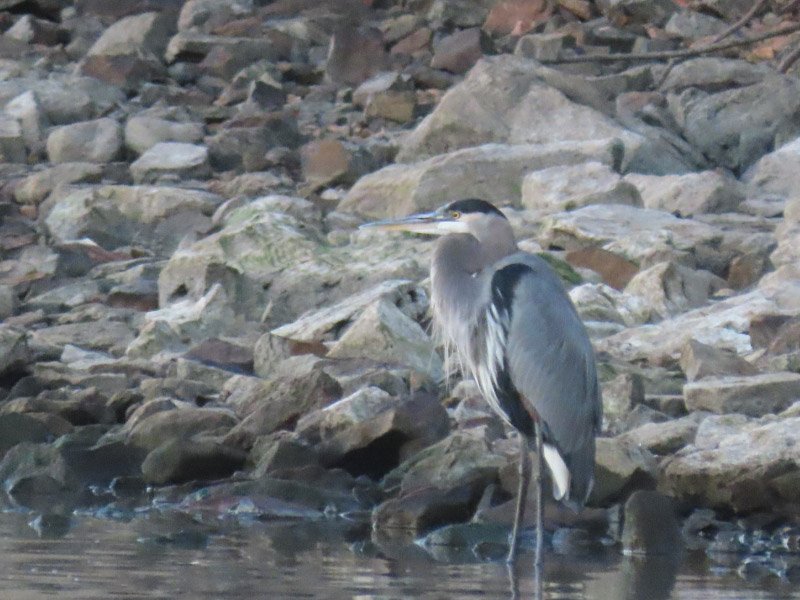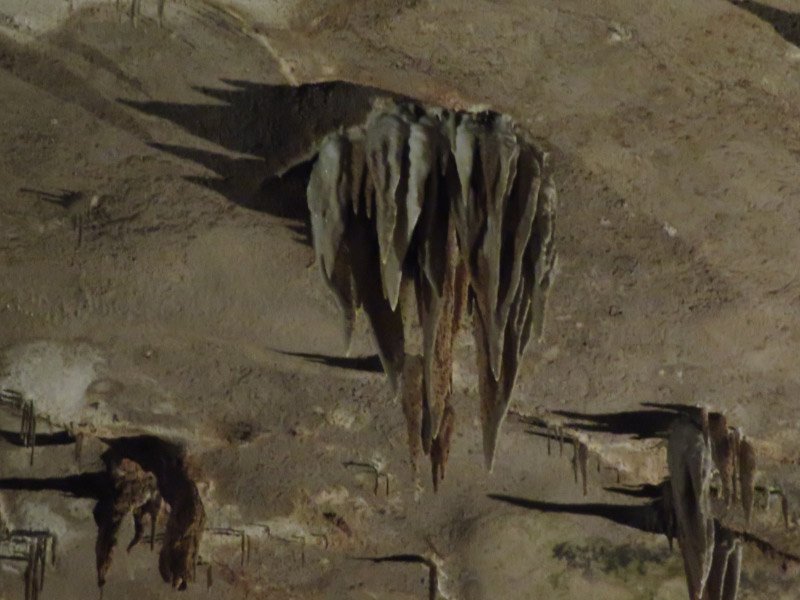Gleanings of the Week Ending November 4, 2023
/The items below were ‘the cream’ of the articles and websites I found this past week. Click on the light green text to look at the article.
Oldest fossil human footprints in North America confirmed – New research that supports the dating of the footprints found in White Sands National Park to between 21,000 and 23,000 years old.
Downtown Dallas Gets a New Park – Harwood Park. It reminded me of a field trip with my parents – taking the light rail train from Carrollton to downtown Dallas to visit Klyde Warren Park and have lunch in 2014. I’m glad there is another park added to the downtown area.
BLM Releases New Plan for Moab Area - The plan limits motorized recreation to protect natural and cultural resources. I hope the BLM can succeed in reducing the impact of off road vehicles….requiring ORV users/organizations to take precautions to protect the environment for themselves and everyone else to enjoy in this area.
Active children are more resilient – Interesting….I’ve assumed this but the way the researches went about confirming the idea was worth knowing and reassuring.
A Road Trip Along the Northern Shore of Lake Superior – The Trans-Canada Highway from Thunder Bay to Marathon in June. Maybe a place we’ll go one summer?
What your hands say about your health – I wish the article had better pictures!
Trouble in the Amazon - In the southeastern Amazon, the forest has become a source of CO2….and maybe more will cease to be a carbon sink as well. Large-scale deforestation… plus even intact forest is no longer as healthy as it once was, because of forces such as climate change and the impacts of agriculture that spill beyond farm borders. Data has been collected every two weeks for 10 years! The selective logging permitted by the Forest Code in Brazil is often not sustainable. That’s because the trees that are removed are generally slow-growing species with dense wood, whereas the species that grow back have less-dense wood, so they absorb less carbon in the same space.
A Summer Light Show Dims: Why Are Fireflies Disappearing? – Habitat destruction (clear cutting, fragmentation of forests), water pollution (in Asia many firefly larvae are aquatic), pesticides and yard chemicals, light pollution (it blinds males so that they can’t find females). On a positive note: firefly ecotourism is increasing in Mexico and Malaysia….and around Great Smokey Mountains National Park in the US.
Large herbivores keep invasive plants at bay - Native plants have evolved such that they can withstand brutal treatment from species of herbivores they have co-existed with for millennia, while invasive plants usually cannot.
The Amazon May Be Hiding More Than 10,000 Pre-Columbian Structures - Based on a new aerial survey and modeling study, archaeologists suggest at least 90 percent of sites known as earthworks remain undetected. Also found - high concentrations of 53 domesticated tree species near earthwork sites. These include cacao, Brazil nut, breadnut and Pará rubber trees, plus dozens of others. This demonstrates how the region’s inhabitants altered the natural landscape, likely so they would have a steady supply of food and useful materials.



















































































































































































































































































